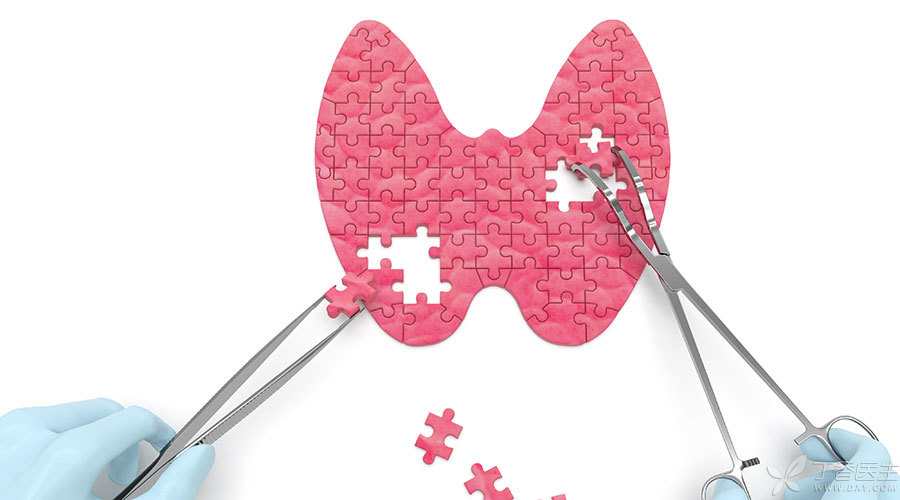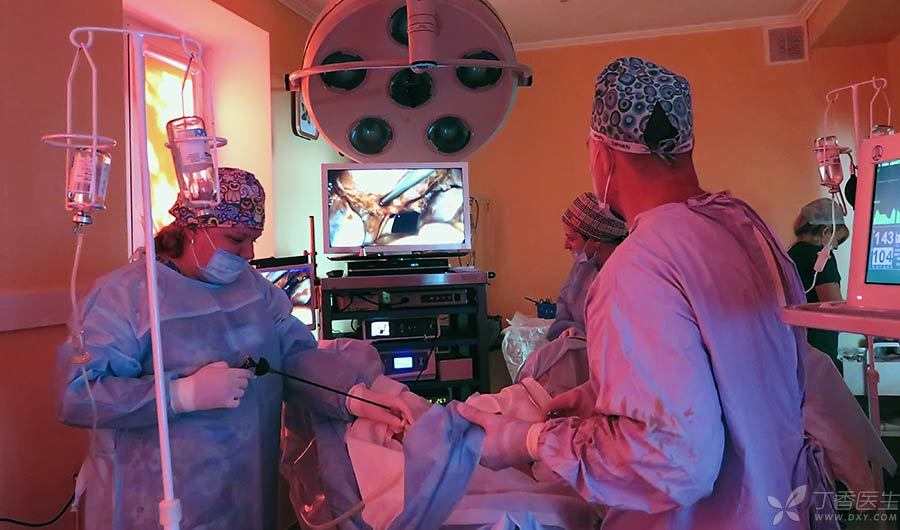
Recently, the unit physical examination, 28-year-old cousin worried. Her thyroid color Doppler ultrasound showed that two nodules appeared in her thyroid gland. Unfortunately, the two nodules had obvious malignant signs. Subsequently, she underwent thyroid puncture examination, which proved to be papillary thyroid cancer. Fortunately, there was no metastasis.
The doctor suggested the operation, but she was worried about the operation and was sad…
Traditional surgery or endoscopic surgery is selected according to the disease condition.
I hurried to my cousin’s house to see her. She was very worried about the scar left by the operation on her neck and the damage to her body. She said: “The doctor told me that laparoscopic thyroid surgery can be performed with good results and small wounds, which does not affect the appearance. Is this really the case?” ]
Traditional Surgery VS Endoscopic Surgery:
- Traditional thyroid surgery is to cut the neck skin and expose the thyroid gland to the air for surgery. The incision is large and the neck scar is obvious after surgery. Thyroid endoscopic surgery is generally performed through laparoscope. This kind of surgery has small trauma, hidden scar, quick postoperative recovery and no influence on beauty.

Laparoscopic surgery was originally designed to treat abdominal organ diseases. Through a small abdominal incision, a camera system and surgical instruments are built into the abdominal cavity to reflect the situation of the abdominal cavity on a TV screen, and doctors watch the screen for operation.
At present, laparoscopic surgery is not only applied to the abdomen, but also widely applied to the thyroid gland of the neck.
Thyroid endoscopic surgery is divided into two ways:
- Make an incision (1.5 ~ 2.0 cm) on the skin near the neck, find the thyroid gland under the naked eye, and then put the endoscope and surgical instruments into the operation. Make an incision (0.5 ~ 1.0 cm) on the parts outside the neck, such as cleavage, areola, armpit, oral cavity, etc., and then put the endoscope and surgical instruments into the thyroid gland [across mountains and rivers], completely relying on endoscope operation.
My cousin was very happy to hear of this method. However, this method is not suitable for everyone and has conditions. To perform thyroid endoscopic surgery, the following conditions must be met:
-
The age ranged from 15 to 45 years;
-
Thyroid nodule diameter < 4 cm;
-
Thyroid cancer with low malignant degree (such as papillary thyroid cancer and follicular thyroid cancer) and no preoperative metastasis;
-
There is a need for beauty. I hope the operation will not affect the beauty.
The following circumstances are not suitable for thyroid endoscopic surgery:
-
Thyroid cancer with higher malignant degree (such as medullary thyroid cancer);
-
Preoperative metastasis;
-
Obesity, neck too short;
-
He has had neck surgery or radiotherapy in the past.
Before the operation, you need to be prepared.
No matter how small the operation is, it is also traumatic, so the operation should be fully prepared.
- Check heart, lung, liver, kidney function and thyroid function, etc. Patients with hyperthyroidism need oral drugs to control their condition, and compound iodine solution is taken 2 weeks before operation to inhibit thyroid function, reduce thyroid blood flow and reduce intraoperative hemorrhage. Training slow inhalation and cough to adapt to short-term discomfort after surgery; Hypertensive patients should take antihypertensive drugs with a small amount of water 2 hours before operation, or sublingual antihypertensive drugs. Before operation, water prohibition is required for 2 hours and fasting for 6-8 hours.
Precautions after Endoscopic Surgery
Thyroid endoscopic surgery scars are very hidden, so it looks beautiful. However, like other operations, complications may occur after surgery. Such as bleeding, subcutaneous emphysema, ecchymosis, hoarseness, dyspnea, numbness of hands and feet, convulsions, abnormal sensation of the operation site, etc.
How can we avoid the harm caused by complications? Doctors will evaluate the recovery of patients after surgery, and patients also need to cooperate with doctors for treatment, reexamination and follow-up.
Points for attention after operation include:
Diet recovery should be slow.
On the day after thyroid surgery, you should eat warm and cool liquid diet, such as broth, fruit juice and rice soup. 2 ~ 3 days after surgery, you will still be given warm and cool semi-liquid diet, such as porridge and noodles.
Three days after the operation, it was gradually changed to soft food and common diet.
Don’t worry about exercising
Do not exercise or lift heavy objects within two weeks after operation. After two weeks, light exercises such as fast walking and cycling can be carried out.
Normal exercise will be carried out one month after the operation.
Regularly check blood calcium
There is a gland called [parathyroid gland] on the back of the thyroid gland, which keeps the calcium in the blood stable. Surgery may cause parathyroid gland injury, causing hypocalcemia. In mild cases, there are no symptoms or only numbness at the ends of hands and feet, around the mouth and face, and in severe cases, hand and foot convulsions and even dyspnea.
Hypocalcemia is temporary or permanent and requires calcium supplement treatment.
Temporary hypocalcemia is examined once a week and will gradually return to normal after 2 ~ 4 weeks.
Permanently hypocalcemia, after calcium supplement to normal, still need to check once a month, such as normal for three consecutive months, extended to check once every three months.
Pay attention to reexamination of thyroid function
Hypothyroidism is the most common surgical complication. Once it occurs, it is usually permanent and requires lifelong thyroxine tablets to replace the normal function of thyroid gland.
In addition, thyroid cancer patients also need to take large doses of thyroxine tablets to inhibit cancer recurrence and metastasis.
Therefore, thyroid function needs to be monitored after operation. Start monthly examination; If it is normal for three consecutive months, it can be checked every three months. It is still normal and can be checked once every six months.
Regular reexamination of thyroid color Doppler ultrasound
Thyroid cancer patients should be examined once every 3 ~ 6 months within one year after operation, and once every 6 ~ 12 months after no abnormality.
Hyperthyroidism and benign thyroid nodules are examined every 6 ~ 12 months.
